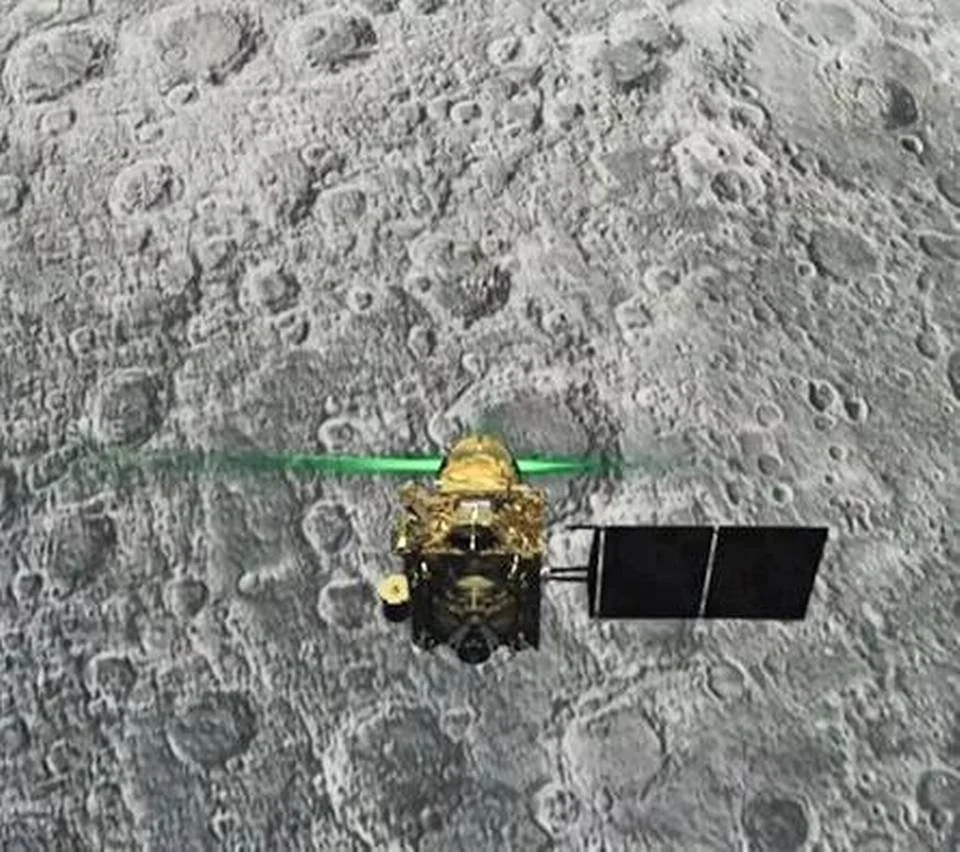A NASA-led international satellite mission is set to conduct a comprehensive survey of the world's oceans, lakes and rivers for the first time. The advanced radar satellite, dubbed SWOT (Surface Water and Ocean Topography), is designed to give scientists an unprecedented view of the fluid that covers 70 per cent of the planet. The survey will be able to shed new light on the mechanics and consequences of climate change.
Lunar rover: A look at Canadian tech bound for the moon
Located in Bolton, Ont., Canadensys Aerospace is starting to engineer and build the rover to explore the moon for water ice as part of an international mission that’s been ongoing for decades. One of the payloads, provided by Bubble Technology Industries from Chalk River, Ont., can detect iron and calcium and the presence of hydrogen that can help scientists locate water ice. Besides building the rover, Canadensys will create three payloads: a Lyman-Alpha Imager to identify surface water ice, a Multi-Spectral Imager to identify minerals on the moon, and an MSI-Macro to collect similar data through mineralogy but with a higher resolution. Radiation will be measured with a device from Teledyne DALSA, a Waterloo, Ont. company. "We've got two objectives really," Sallaberger said. "The engineering side… preparing for eventually larger rovers and human missions. But on the scientific side, the main goal is looking for water." For humans to live long-term on the moon, there needs to be a sustainable water source. Sallaberger says the moon's south pole is likely to have water ice in the shadowed craters.
Australia is putting a rover on the Moon in 2024 to search for water
The ten-kilogram rover, measuring 60x60x50cm, will be launched on board the Hakuto lander made by ispace, a lunar robotic exploration company based in Japan. The rover itself, also built by ispace, will have an integrated robotic arm created by the private companies Stardust Technologies (based in Canada) and Australia’s EXPLOR Space Technology. Using cameras and sensors, the arm will collect high-resolution visual and haptic data to be sent back to the mission control centre at the University of Technology Sydney. It will also collect information on the physical and chemical composition of lunar dust, soil and rocks - specifically with a goal of finding water. We know water is present within the Moon’s soil, but we have yet to find a way to extract it for practical use. The big push now is to identify regions on the Moon where water sources are more abundant, and which can deliver more usable water for human consumption, sample processing, mining operations and food growth.
Newly discovered glaciers on Mars may help humans settle on the Red Planet one day
If humans are to truly become interplanetary settlers, we're going to need to have access to water — a lot of it. But loading it on a rocket would be heavy, and trying to escape Earth's gravity with all that weight would be costly. Satellite observations by orbiters around Mars suggest there is an ice sheet in a flat plain called Arcadia Planitia at roughly 35 degrees north latitude. It's a site that both NASA and SpaceX are considering for future human exploration. In this new study, researchers found that it's not just an ice sheet, but a kind of shallow river of ice, similar to what we see in regions of Antarctica.
Explained: Why finding the ‘oldest water on Earth’ matters in the quest for life on Mars
The discovery of the water 2.4 km below the Earth’s surface has since been heralded as one of great importance, given its ramifications on what we know about the origin and evolution of our planet, the nature of water and life, as well as the possibility of finding life on Mars. Investigations into the highly saline water led to a pathbreaking discovery: scientists found that chemolithotrophic microbes– bacteria that can thrive in the most extreme surroundings– had been able to survive in the subterranean liquid.
A filter made for astronaut urine could soon be providing drinking water on Earth
On the ISS, every drop of moisture, from humidity to urine, has to be filtered and reused. But the current system is very heavy, has to be replaced every 90 days, and fails to filter out certain contaminants, according to NASA. Danish company Aquaporin A/S has developed a new system that uses proteins called aquaporins. "It is essentially the mechanism that allows water to cross the cell membrane of living cells," says Peter Holme Jensen, CEO of Aquaporin A/S. In nature, these proteins allow plant roots to absorb water from soil, and let the two human kidneys together filter about 45 gallons of fluid per day. They are also very selective, preventing contaminants from passing through.







